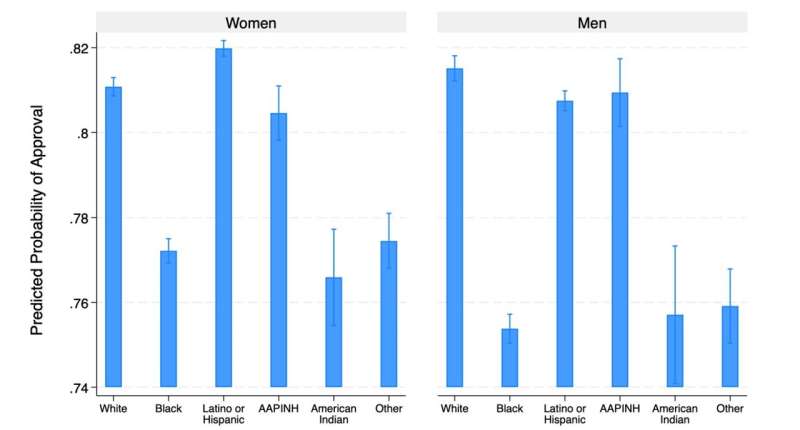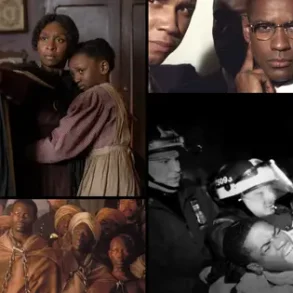
Significant racial and gender disparities exist in U.S. crime victim compensation programs, revealing Black and Indigenous people as well as survivors of gender-based violence face unique challenges in obtaining financial support, according to a new report from the University of Michigan.
Despite intentions to alleviate the financial burden for crime victims, eligibility restrictions based on perceptions of innocence and cooperation with law enforcement disproportionately exclude these groups.
“Over the last several years, we have learned more and more about implicit and explicit bias in policing,” said Jeremy Levine, U-M associate professor of organizational studies. “Relying on the police to determine victim eligibility imports all those biases into the provision of public benefits, which disadvantages victims of color in ways comparable to other inequalities in the criminal justice system.”
Levine authored the report from U-M’s Center for Racial Justice and Poverty Solutions.
Crime victim compensation is a public benefit intended to cover financial costs associated with crime. Victim compensation benefits can be used to cover medical bills, counseling, relocation, funerals, crime scene cleanup and other related expenses after insurance and welfare benefits are accounted for. Such programs are managed by states with up to 75% of program costs paid for by a federal subsidy.
Key findings show police discretion plays a pivotal role in determining victim eligibility, with subjective criteria, such as perceived misconduct or failure to cooperate, leading to biased outcomes.
Black and Indigenous victims, especially Black men, are significantly less likely to receive compensation than victims from other social groups. In addition, women survivors of domestic violence, sexual assault, stalking and human trafficking are less likely than victims of other crimes to be compensated.
“These eligibility requirements were created to incentivize victim cooperation with law enforcement,” Levine said. “But in the end, all they accomplish is punishing victims after their victimization while also failing to work as an incentive to cooperate.”
The report calls for urgent reforms, including:
- Removing racialized and gendered barriers to compensation, such as cooperation with law enforcement and misconduct criteria.
- Expanding alternative procedures for proving victim status and using medical or social service documentation rather than relying on police assessments.
The analysis, based on data from 18 states, points to ongoing legislative efforts in states like Illinois and New York that have successfully reformed their victim compensation criteria, significantly reducing denials and promoting greater equity.
More information:
Inequality in Crime Victim Compensation, drive.google.com/file/d/17nukD … LE4UziEvYMzE_GS/view
Provided by
University of Michigan
Citation:
Racial and gender bias in US crime victim compensation programs highlighted in report (2024, September 18)
retrieved 18 September 2024
from https://phys.org/news/2024-09-racial-gender-bias-crime-victim.html
This document is subject to copyright. Apart from any fair dealing for the purpose of private study or research, no
part may be reproduced without the written permission. The content is provided for information purposes only.
This post was originally published on this site be sure to check out more of their content.






